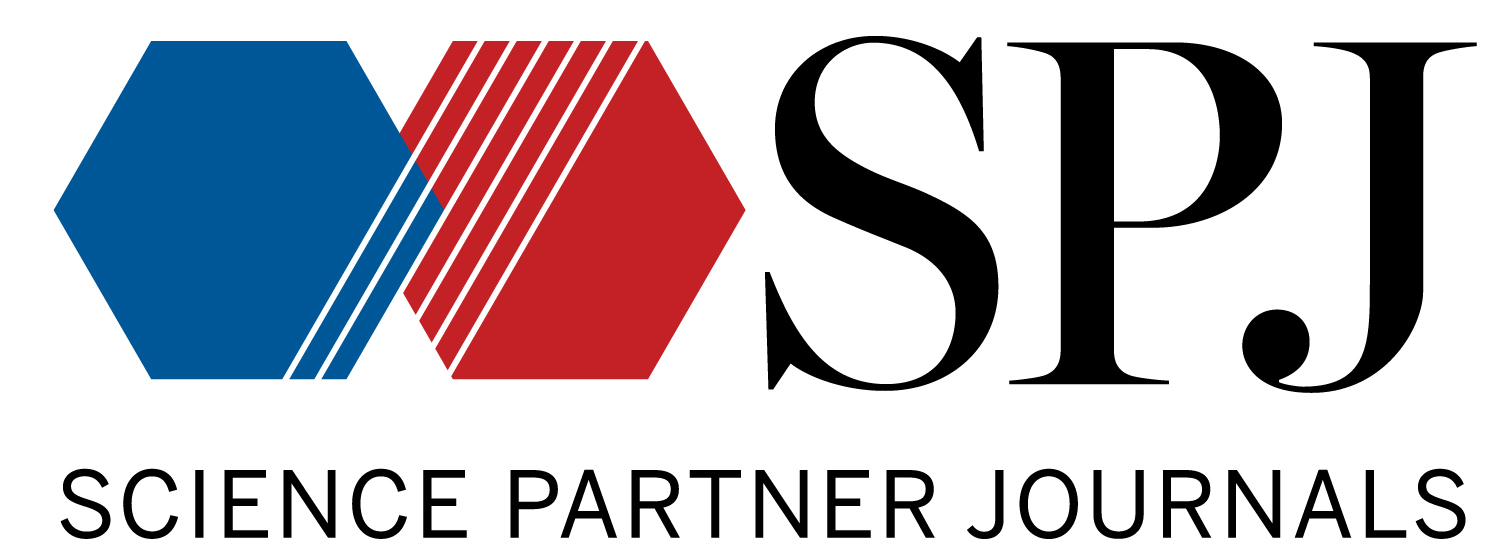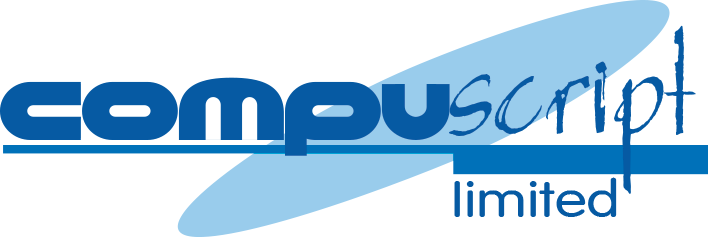Infographics, which are similar to graphical abstracts (GAs), are a powerful tool for conveying complex information and ideas clearly and concisely. Researchers can quickly identify an article’s relevance to their research by skimming a infographic/GA. With 3,000 to 5,000 biomedical papers published on PubMed daily, such tools are becoming increasingly important [1].
Journals across all academic fields have acknowledged the importance of infographics/GAs. Between 2011 and 2015, there was a 350% increase in the number of journals adopting their use [2]. Not only do they help their readers quickly find the information they need, they also boost viewer engagement on social media platforms [3], benefiting both journals and researchers.
Infographics/GAs make research accessible to a wider range of audiences, from experts to laypeople. Well-crafted visuals facilitate a quicker understanding of the research, making it more approachable for individuals who may not have a specialized background in the field [4].
Infographics/GAs signal a transformation in how research is communicated in the digital era, and their use is expected to increase. Mastering the art of creating effective and eye-catching infographics/GAs has become a necessity for researchers [1].
Sources
- Lee J, Yoo JJ. The current state of graphical abstracts and how to create good graphical abstracts. Science Editing. 2023 Feb 16;10(1):19-26.
- Yoon J, Chung E. An investigation on graphical abstracts use in scholarly articles. International Journal of Information Management. 2017 Feb 1;37(1):1371-9.
- Ibrahim AM, Lillemoe KD, Klingensmith ME, Dimick JB. Visual abstracts to disseminate research on social media: a prospective, case-control crossover study. Annals of surgery. 2017 Dec 1;266(6):e46-8.
- Jeyaraman M, Ratna HV, Jeyaraman N, Maffulli N, Migliorini F, Nallakumarasamy A, Yadav S, Ratna HV. Graphical Abstract in Scientific Research. Cureus. 2023 Sep 22;15(9).



